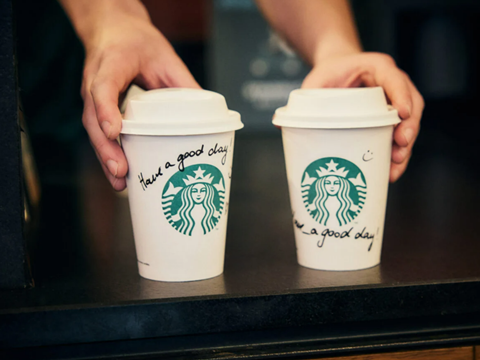
Starbucks has launched its new white takeaway cup in Europe, replacing its plastic lining with a mineral-based coating and the single-use plastic lids with fibre alternatives, also with a mineral-based coating.
The new hot cup, developed in partnership with Transcend Packaging, Qwarzo and Metsä Board, is apparently certified home compostable and widely recyclable. Starbucks says the cup and lid can be recycled in recycling bins or composted at home, leaving no harmful residue to people or nature behind.
The redesigned cup was reportedly created using traceable wood fibre from Northern European forests and a mineral-based coating developed in Brescia, Italy. The cup was designed and constructed at Transcend Packaging’s factory located in Caerphilly, Wales.
Already available in Spain and Hungary, the hot cup and lid solution will gradually be rolled out in stores across select European markets this year, beginning in countries including Italy, Germany, France, Sweden, Switzerland and Austria this month and due to come to the UK and Ireland later this year.
The new hot cup paperboard is provided by Metsä Board. The paperboard is made from traceable wood fibre from Northern European forests. All the wood raw material used in the cup comes from forest origins covered with PEFC and/or FSC certification. It is certified as home compostable by DIN CERTCO.
In February, Starbucks re-introduced its practice of allowing baristas to handwrite messages on to-go coffee cups, serving ‘for here’ beverages in ceramic cups, and offering free refills in its cafés. The move is hoped to entice consumers back to stores, improve their on-site experience and build a rapport with the server.
Later that month, The Coca-Cola Company, Starbucks, PepsiCo and others served reusable takeaway cups as the default in a Closed Loop Partners trial and apparently achieved a 51% return rate, suggesting environmental benefits for mandatory reuse. Over 220,000 cups were reportedly returned across the twelve-week programme, with ‘minimal’ contamination found in the return bins.
If you liked this story, you might also enjoy:
The ultimate guide to the Packaging and Packaging Waste Regulation in 2025
How are the top brands progressing on packaging sustainability?
Everything you need to know about global packaging sustainability regulation in 2025
The key to increasing the use of reusable packaging in supermarkets

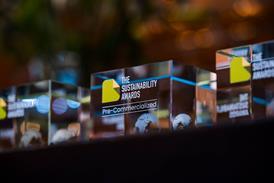
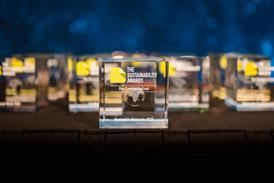
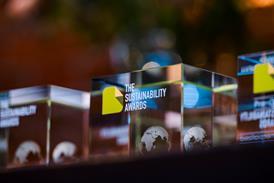
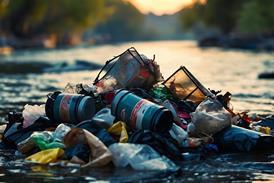
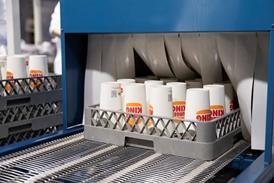















No comments yet